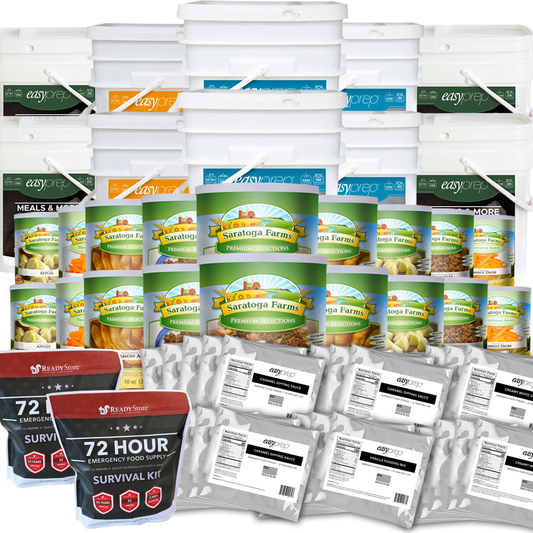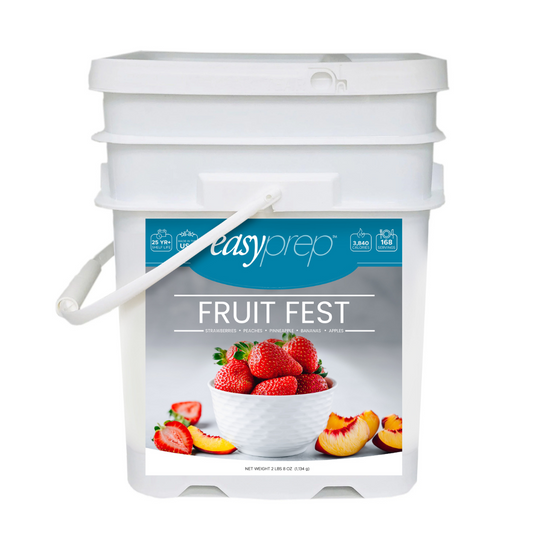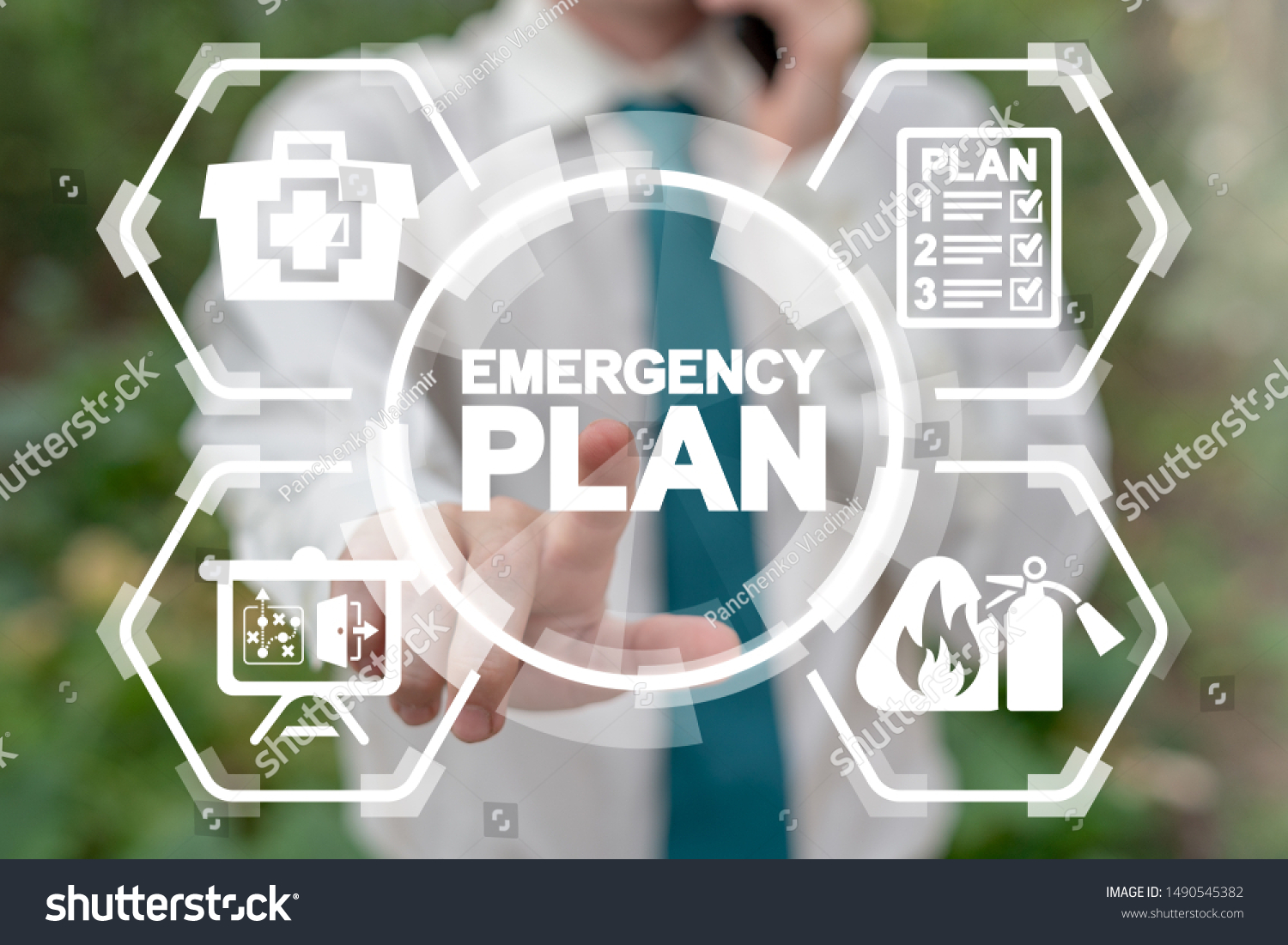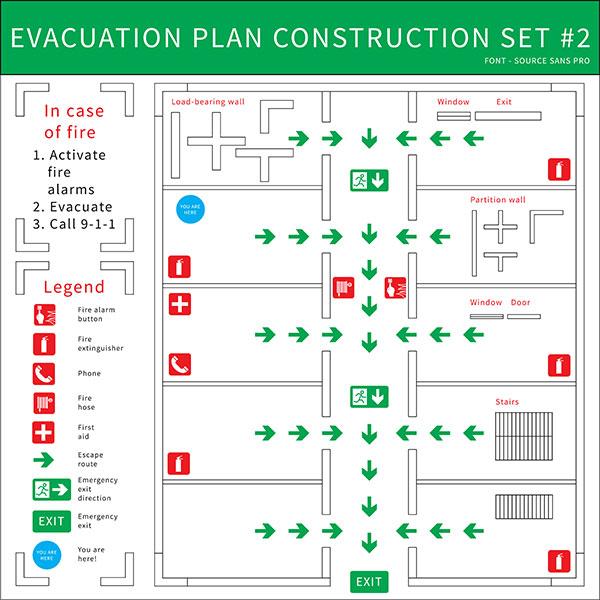Growing up, my dad was always busy. His rule was clear: unless there was fire, flood, mud, or blood, we were to sort out our issues ourselves. But what if there *had* been fire, flood, mud, or blood? Did our family have a plan in place for emergencies? Does your family?
Keep Essential Documents on Hand
When disaster strikes, having an action plan in place can save valuable time. Make sure you have a designated spot for all essential documents. A grab-and-go binder is a great solution for storing important papers like IDs, insurance information, and medical records. Keep this binder updated and store it alongside your 72-hour emergency kits. When it’s time to evacuate, every second counts, so having everything in one place will help you get out quickly and efficiently.
Items to Keep in Your Emergency Kit
- Enough food and water for each family member for at least 72 hours
- Pet food and supplies if you have pets
- Favorite toys or snacks for children to help them cope with the situation
- Blankets, clothing, and hygiene essentials
Consider Different Scenarios
What happens if your family gets separated during an emergency? Plan ahead. Establish a meeting location or safe spot to gather in case of separation. It’s also a good idea to create a simple exit plan from your home. Ensure that each room has at least two exits in case one is blocked. Keep the exit plan visible on the fridge or in a central location as a daily reminder.
Designate a spot to meet, like a tree, mailbox, or a neighbor’s house. If you live near family, consider a relative’s house outside the danger zone as a backup meeting point.
Planning for Pets
Many pets are left behind during disasters simply because families didn’t plan for their care. If you have pets, make arrangements in advance. Know if there is a nearby kennel or a friend who can watch your pets in case of emergency.
Keep Your Car Prepared
Natural disasters like hurricanes can leave residents stranded, even far from the storm. If you live in a storm-prone area, here are some tips to ensure your car is always ready for evacuation:
- Keep your gas tank at least half full at all times, and top it off when you see a storm approaching.
- Book hotel or campsite reservations ahead of time, with the option to cancel if you don’t need to evacuate.
- Have emergency supplies in your car, including blankets, extra water, and 72-hour kits.
- Ensure your vehicle is equipped with a winter emergency kit (blankets, heaters) or summer supplies (extra water, cooling gear).
- Leave early to avoid being caught in traffic jams. If you feel a threat is imminent, evacuate without delay.
Emergency Routes
When making your emergency evacuation plan, consider alternative routes. Avoid low water crossings during floods, high-traffic areas, and always know back roads or trails that can help you avoid congested routes. If you’re familiar with the local area, you can bypass traffic and reach safety faster.
If you know roads may be blocked, have alternative routes planned. A reliable map or a GPS app can be invaluable during an evacuation.
Video: Emergency Route Planning
Know Your Local Risks
Do you live in a flood zone, near an earthquake fault line, or in a forest prone to wildfires? Knowing the specific risks in your area will help you prepare more effectively for emergencies. Research local dangers and create a plan for evacuation specific to those threats. Remember, preparation is key to safety.
What is your family’s evacuation plan? Have you discussed it, and do all family members know what to do in case of an emergency?














